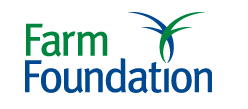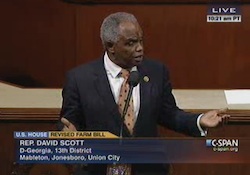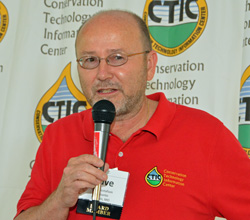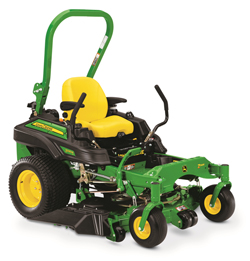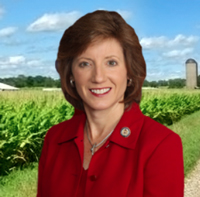 Precision farming tools are designed to simplify things for growers, and yet the terminology used in precision farming isn’t always so simple. But have no fear. The following definitions will guide you through the mysterious twists and terms found in the world of GPS (Psst … that stands for Global Positioning System).
Precision farming tools are designed to simplify things for growers, and yet the terminology used in precision farming isn’t always so simple. But have no fear. The following definitions will guide you through the mysterious twists and terms found in the world of GPS (Psst … that stands for Global Positioning System).
GNSS: Global Navigation Satellite System is a navigation system with global coverage. GNSS is a method of improving the navigation system’s attributes, such as accuracy, reliability and availability through the integration of external information into the calculation. GNSS 1 consists of GPS, GLONASS, WAAS, SBAS and EGNOS.
GPS: The Global Positioning System is a U.S.-owned utility that provides position, navigation and timing. There are three segments – space, control and user. The space segment consists of the satellites in space, the control segment consists of the people who manage and maintain the space segment and the user segment are those of us who use GPS. GPS is what allows us to map fields and auto-steer equipment.
GLONASS: Global Navigation Satellite System is the Russian-owned utility equivalent to GPS. This system can be used in the U.S. if your receiver is set up to receive GLONASS signal.
WAAS: Wide Area Augmentation System is a supplement to GPS created with the goal of improving accuracy, integrity and availability of GPS correction in the U.S.
EGNOS: European Geostationary Navigation Overlay Service is the European version of WAAS.
SBAS: Satellite Based Augmentation System is a system that supports wide-area or regional supplementation through the use of additional satellites broadcast messages.
Base Station: The base station is a receiver and transmitter that is stationary. It receives GPS information, corrects and then transmits the corrected information to the rover.
Rover: We refer to the moving equipment as the rover. For example a tractor with receiver would be referred to as the rover.

